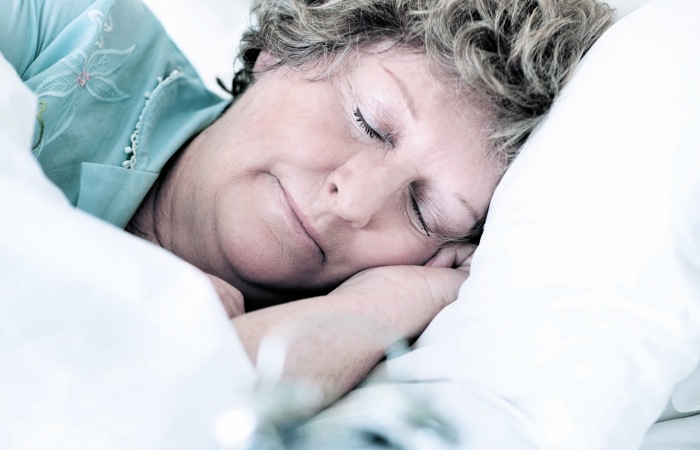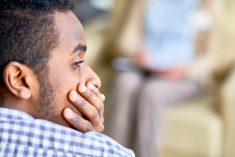Benzodiazepines are a large group of drugs that work through the nervous system to reduce anxiety and alleviate sleeplessness. Common members include diazepam, oxazepam, lorazepam, temazepam and alzprazolam. First discovered in the 1950s, they were observed to have “taming” effects on several animal species, with the effects in monkeys leading to clinical trials in humans.
Today, benzodiazepines are taken on a chronic basis by about four per cent of Canadians, but when used for anxiety or insomnia, these drugs are actually intended for short-term use only and at the lowest possible doses. For example, for sleeping problems, the actual recommendation is no longer than seven to 10 days, and if usage continues for two to three consecutive weeks, a complete re-evaluation is recommended.
Read Also

Summer Series: Why it’s important for you to get fit
So much of farming is so physically demanding. Even the easy jobs take enough running around to require physical stamina….
As you may realize, however, many people take these drugs on an ongoing basis for sleeping.
Ideally, if you experience anxiety or sleeplessness, identifying the cause and remedying it is more effective than taking benzodiazepines. Keeping a diary of symptoms and your daily activities might point to some activity or situation that may be problematic. Non-drug approaches can also be tried, such as relaxation techniques, counselling, sleep hygiene and even exercise.
An increased risk for falls and broken bones is a possible complication of benzodiazepine use. You may think that it is only the elderly or even people in nursing homes who may have this increased risk, but anyone can be affected. It also seems that you are at the greatest risk within the first couple of weeks of beginning a new prescription or new dose of a benzodiazepine.
Benzodiazepines inhibit a neurochemical in the nervous system known as gamma aminobutyric acid, which in turn reduces anxiety and induces sleep. It is the side-effects of these drugs that increase the risk for falls. They are able to increase the swaying of your body from side to side, which can reduce your ability to balance. Drowsiness, unsteadiness, and an increase in postural hypotension (i.e. lightheadedness) when you get up from a lying or sitting position also contribute. As well, headache, dizziness, weakness, confusion, blurred vision, vertigo, and a hangover effect are also possible, which certainly make keeping your balance more difficult.
Other drugs with similar potential side-effects can enhance these benzodiazepine side-effects, thereby increasing your risk for falls. If you have a condition like Meniere’s disease, low blood pressure, low iron, or chronic fatigue problems, that already makes you dizzy and unsteady on your feet, and keeping your balance with benzodiazepines can be difficult. Drinking alcohol increases the potential and severity of all the side-effects of these drugs.
About one in three people aged 65 and over fall each year, but many more younger people fall annually. No one keeps track of the younger people because they do not break bones as readily, requiring hospitalization or nursing-home admission. But remember, benzodiazepine use can contribute to falls in all age groups, so even if you are younger you may not break a bone, but you will be bruised and injured.
With age the risk for broken bones increases because the incidence of osteoporosis increases. For people over 50 years, 80 per cent of all fractures are the result of osteoporosis. Obviously, avoiding falls is key. Clean up clutter that you might trip over. Also tack down slippery mats, ensure your lighting is good, remove ice and snow, wear good footwear, use a cane or walker if they help, and make sure your prescription eye glasses are up to date. Also take benzodiazepines only for the shortest period of time possible.
Marie Berry is a lawyer/pharmacist interested in health and education.















